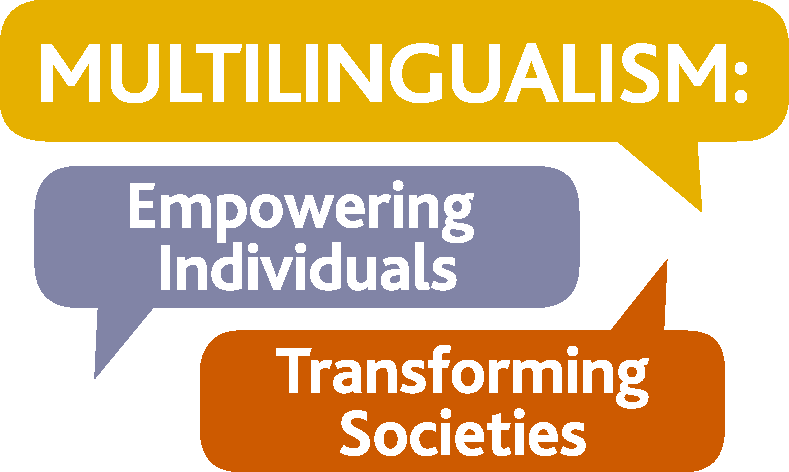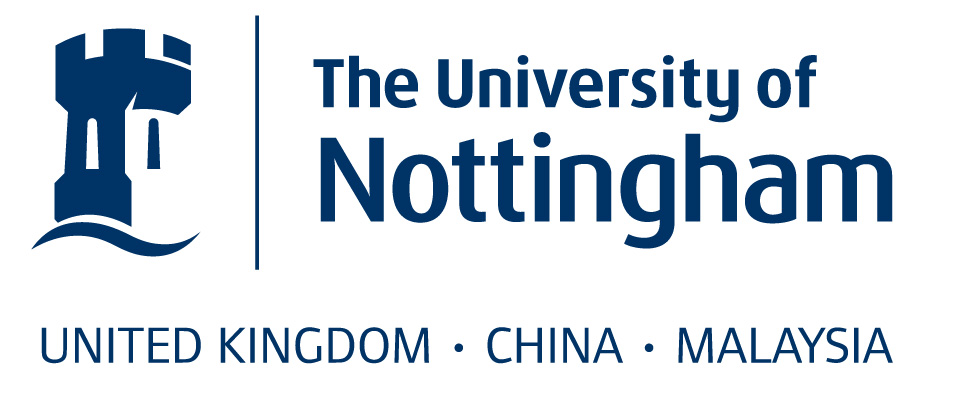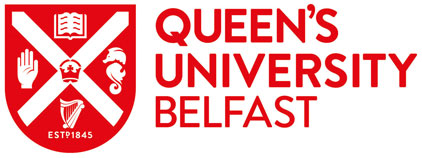Although the strand I lead in MEITS (Strand 3) does not work directly on Canada, a recent visit allowed me to view our strand’s core research questions from a different angle and reminded me why it matters that we value multilingualism. The issues that are central for Strand 3 concern questions of language and identity, particularly with regard to the status and vitality of minoritised languages (for example, our work on Irish and Breton) and social perceptions of multi-ethnolects used by young speakers in superdiverse cities (Paris and Marseille) where a wide range of heritage languages are in contact with French.
In Canada, three interrelated forms of multilingualism are found. One is the presence of official bilingualism between English and French with all its complex and nuanced outworkings in relation to the law, signage, education and other fields. A second is the multilingualism found in a country where immigration is a key part of its identity and where the range of heritage languages is vast. A third relates to the indigenous languages which have been included only very recently in discussions of the multilingual landscape. The reminder I experienced in Canada of the value of multilingualism was both intellectual and personal: it included discovering more about the linguistic history of my extended family.
The first pleasant shock was the positive (and very public) badging of multilingualism as an attraction: Montréal’s Palais des Congrès had a large notice on the wall calling itself the ‘Ville qui accueille le plus d’événements internationaux dans les Amériques. Métropole où l’on parle plus de 80 langues’ (followed by the English version ['City that hosts the most international events in the Americas. Metropole where more than 80 languages are spoken ']), while Tourism Toronto was tweeting ‘did you know that some 130 languages and dialects are spoken in Toronto?’ Some aspect of language or languages seemed to be in the news every day. The latest results from the 2016 census generated considerable discussion, with Le Journal du Québec declaring on 4th August, ‘Les Québecois parlent 150 langues à la maison’ [‘The people of Quebec speak 150 languages at home’], though noting concerns about the small rise in the number of English speakers and small fall in French numbers. Above all, it was the normalisation of bi- and multilingualism that was most empowering as well as the willingness to discuss the issues, however controversial some of these might be. Coming from a place where much is made of the hassle and cost of delivering aspects of daily life in more than one language, Canada made bi- and multilingualism look logistically feasible, no doubt supported by a workforce where levels of language skills appear to be high.
We must not, of course, be simplistic about this. There are a number of problematic issues: many of the languages imported after WW2 will probably fade in Canada’s linguistic landscape (in my own extended family these were German, Russian, Italian and Hungarian) though they will be replaced by others with new waves of immigration; not all Canadians are happy about the current surge in numbers of refugees; historically, the indigenous languages have certainly not enjoyed recognition and status; implementation of linguistic policy in Quebec has always been contentious and fears for the future of French lurk close to the surface. Nonetheless, it was difficult not to conclude that increased levels of normalised multilingualism were bound up with other positive signs of tolerance towards diversity, with all the benefits this can bring in terms of social cohesion. The contrast with the linguistic messages emanating from the White House in early August was acute, President Trump declaring that new immigrants will need to speak English before entering the USA. Meanwhile, the city of 80 languages opened its Olympic stadium to the latest group of refugees and the mayor of Montréal ended his French welcome message with a little bit of Haitian creole.
At this point in time, there are some reasons to be optimistic (linguistically, at least!) in Macron’s France (for example, Daniel’s blog, 5 July; and Anne-Hélène’s 14 July). In Ireland, too, it is good to see the new Taoiseach, Leo Varadkar, speaking French at the 2017 Fierté Montréal parade and working on his Irish. Momentum on small signs of progress, if harnessed positively, step by step, really does have the potential to be transformational in the longer term.
Now there’s a thought… The ‘Bromance Languages’….
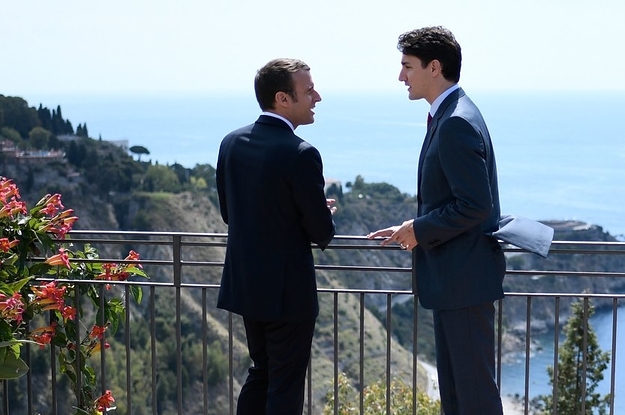
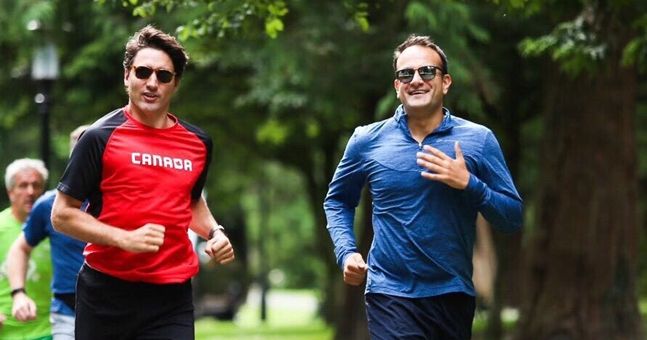
Note: comments are moderated before publication. The views expressed in the comments are those of our users and do not necessarily reflect the views of the MEITS Project or its associated partners.
